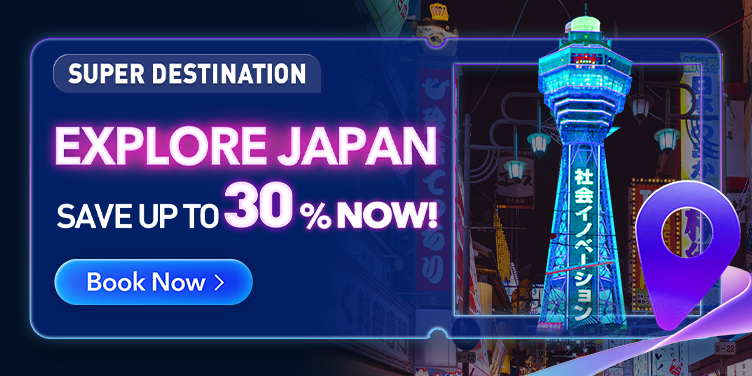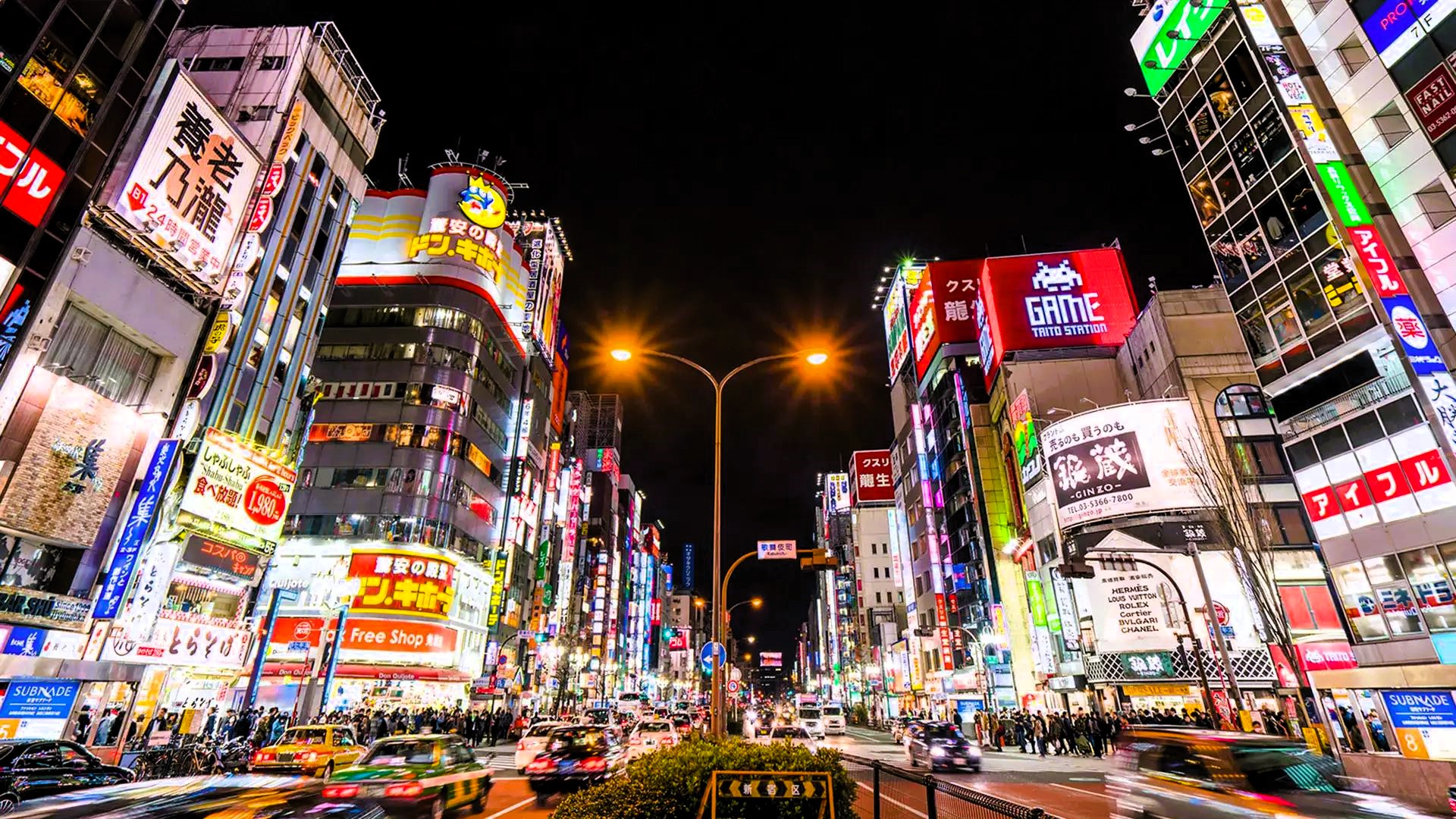Welcome to Shinjuku, one of Tokyo’s most vibrant and dynamic districts! Whether you’re a first-time visitor to Japan or just exploring Shinjuku for the first time, this bustling area is a microcosm of everything that makes Tokyo so captivating. From towering skyscrapers and neon-lit streets to serene gardens and hidden izakayas, Shinjuku offers an unforgettable blend of modernity and tradition. As someone who has wandered these streets countless times, I’ve put together this detailed guide to help you navigate and experience the top 10 things you can’t miss in Shinjuku. Let’s dive in!
1. Marvel at the Chaos of Shinjuku Station
Let’s start with the heart of Shinjuku: Shinjuku Station. It’s not just a transit hub; it’s a cultural phenomenon. Known as the busiest train station in the world, with over 3.5 million passengers passing through daily, this sprawling complex is a maze of platforms, shopping areas, and underground passages. For a first-timer, it can be overwhelming, but it’s also a quintessential Tokyo experience.
What to Do: Take a moment to soak in the organized chaos. Watch the sea of people moving with purpose, grab a quick bite at one of the many food courts (like the Lumine or Mylord shopping areas), and don’t miss the iconic 3D cat billboard just outside the east exit. It’s a massive digital display that’s become a social media sensation.
Tip: Download a navigation app like Google Maps or Hyperdia before tackling Shinjuku Station. Also, keep an eye on the color-coded signs to find your way—there are over 200 exits!
2. Stroll Through the Neon Jungle of Kabukicho
Kabukicho, often dubbed Tokyo’s “Sleepless Town,” is Shinjuku’s infamous entertainment district. Known for its bright neon lights, quirky host and hostess clubs, and lively nightlife, it’s a must-visit for anyone curious about Tokyo’s eccentric side.
What to Do: Wander through the narrow streets lined with bars, karaoke joints, and themed cafes. Check out the iconic Godzilla head perched atop the Toho Cinemas building—it’s a fun photo spot! If you’re feeling adventurous, step into a themed bar or a tiny “Golden Gai” izakaya (more on that later).
Tip: While Kabukicho is generally safe, be cautious of overly persistent touts trying to lure you into overpriced bars. Stick to well-lit areas and trust your instincts.
3. Find Serenity at Shinjuku Gyoen National Garden
After the sensory overload of Shinjuku Station and Kabukicho, a visit to Shinjuku Gyoen National Garden is the perfect antidote. This sprawling park is an oasis of calm in the middle of the city, with beautifully manicured lawns, traditional Japanese gardens, and seasonal flower displays.
What to Do: Take a leisurely walk through the different garden styles—Japanese, French, and English. If you visit during late March to early April, the cherry blossoms here are breathtaking. Pack a bento box and enjoy a picnic under the trees.
Tip: The entrance fee is 500 yen for adults, and the park is closed on Mondays (except during cherry blossom season). Arrive early to avoid crowds, especially on weekends.
4. Explore the Tiny Bars of Golden Gai
Golden Gai is a hidden gem in Shinjuku—a cluster of narrow alleys packed with over 200 tiny bars, each with its own unique vibe. This area feels like a step back in time, with its ramshackle wooden buildings and retro charm.
What to Do: Choose a bar that catches your eye (many have themes like jazz, punk rock, or anime) and squeeze in for a drink. Most bars seat only 6-10 people, so it’s an intimate experience where you’ll likely chat with locals or the bartender.
Tip: Some bars charge a small cover fee (around 500-1000 yen), and not all welcome tourists, so look for signs in English or ask politely before entering. Cash is often preferred in these small establishments.
5. Take in the Views from Tokyo Metropolitan Government Building
For a free and stunning panoramic view of Tokyo, head to the Tokyo Metropolitan Government Building in West Shinjuku. This towering structure houses two observation decks on the 45th floor of its twin towers, offering sweeping vistas of the city skyline.
What to Do: Visit during the day to see Mount Fuji on clear days, or at night to admire Tokyo’s glittering lights. There’s also a small cafe and souvenir shop on the observation floor.
Tip: The observation decks are free to enter, but they can get crowded during peak tourist seasons. Arrive early or check the weather forecast for the best visibility.
6. Shop ‘Til You Drop at Bicqlo and Don Quijote
Shinjuku is a shopper’s paradise, and two spots stand out for first-timers: Bicqlo (a hybrid of Bic Camera and Uniqlo) and Don Quijote. Bicqlo, near Shinjuku Station’s east exit, combines electronics and affordable fashion under one roof, while Don Quijote (often called “Donki”) is a discount store packed with everything from snacks to costumes.
What to Do: At Bicqlo, browse the latest gadgets and pick up trendy Japanese clothing. At Don Quijote, stock up on quirky souvenirs, cheap cosmetics, and Japanese snacks like Pocky or KitKats in unique flavors.
Tip: Bring cash for smaller purchases at Don Quijote, and don’t miss the tax-free shopping options at both stores if you’re an international visitor.
7. Savor Authentic Ramen at Ichiran
No trip to Shinjuku is complete without indulging in a bowl of ramen, and Ichiran is a fantastic place to start. This famous ramen chain is known for its rich tonkotsu (pork bone) broth and customizable noodle bowls.
What to Do: Order via a vending machine, fill out a preference sheet (spice level, noodle firmness, etc.), and enjoy your meal in a private booth. It’s a unique dining experience that’s both efficient and delicious.
Tip: There’s often a line at the Shinjuku location, especially during lunch and dinner hours, so plan to visit during off-peak times (late afternoon or late night). The address is near Kabukicho, so it’s easy to combine with a night out.
8. Experience a Robot Show at Robot Restaurant (If Available)
Before the pandemic, the Robot Restaurant in Kabukicho was one of Shinjuku’s most bizarre and iconic attractions. Featuring neon-lit robots, dancers, and over-the-top performances, it was a quintessential “only in Japan” experience. While it temporarily closed, there are rumors of its revival, so check if it’s back during your visit.
What to Do: If open, book a ticket online for a 90-minute show that’s equal parts chaotic and mesmerizing. It’s not about the food (which is basic); it’s about the spectacle.
Tip: Tickets can be pricey (around 8,000 yen), but discounts are often available online. Arrive early to secure a good seat.
9. Wander Through the Trendy Harajuku Vibes of Shinjuku’s East Side
While Harajuku gets most of the credit for Tokyo’s youth culture, Shinjuku’s east side (near Shinjuku Station) has its own trendy charm. Streets like Shinjuku-dori are lined with fashionable boutiques, cafes, and department stores like Lumine and Marui.
What to Do: Window-shop for the latest Japanese streetwear, grab a matcha latte at a cozy cafe, or people-watch to see Tokyo’s cutting-edge fashion trends in action.
Tip: If you’re into anime or gaming, check out the nearby arcades or pop culture shops for limited-edition merchandise.
10. Unwind at an Onsen or Public Bath
After a long day of exploring, there’s no better way to relax than by visiting a traditional Japanese onsen (hot spring) or sento (public bath). While Shinjuku isn’t known for natural hot springs, places like Thermae-Yu offer a modern onsen experience with multiple baths, saunas, and relaxation areas.
What to Do: Soak in the mineral-rich waters, try a rotenburo (outdoor bath), and let the stress melt away. Thermae-Yu also has a rooftop area for stargazing while you soak.
Tip: Tattoos are often prohibited in traditional baths, so check the rules beforehand or cover small tattoos with a bandage. Bring your own towel or rent one for a small fee.
Final Tips for Your Shinjuku Adventure
- Timing: Shinjuku is best explored over a full day or two. Start with daytime activities like Shinjuku Gyoen and shopping, then transition to nightlife in Kabukicho and Golden Gai.
- Transportation: Shinjuku Station connects to most major lines (JR, subway, and private lines), so it’s easy to get around. Consider a Suica or Pasmo card for seamless travel.
- Language: While many signs are in English, having a translation app like Google Translate can be a lifesaver for menus or small shops.
- Budget: Shinjuku caters to all budgets. You can eat cheaply at ramen shops or convenience stores, but nightlife can get pricey if you’re not careful.
Shinjuku is a district of contrasts—where the ultramodern meets the deeply traditional, and every corner holds a new surprise. Whether you’re snapping photos of neon signs, sipping sake in a tiny bar, or gazing at the city from above, Shinjuku will leave an indelible mark on your travel memories. So, pack comfortable shoes, charge your camera, and get ready to explore one of Tokyo’s most unforgettable neighborhoods. Have you been to Shinjuku before, or is this your first time? Let me know in the comments—I’d love to hear your plans or answer any questions!
Safe travels, and enjoy Shinjuku! 🌟


